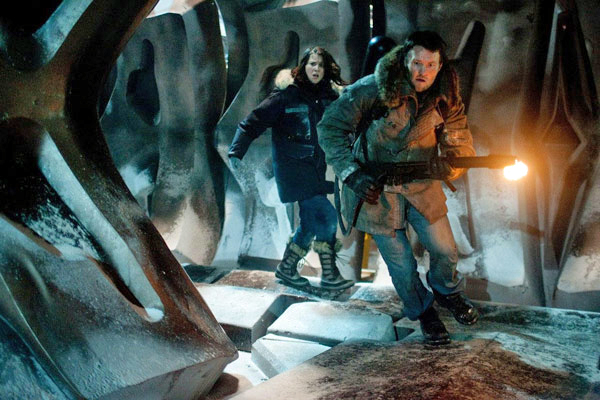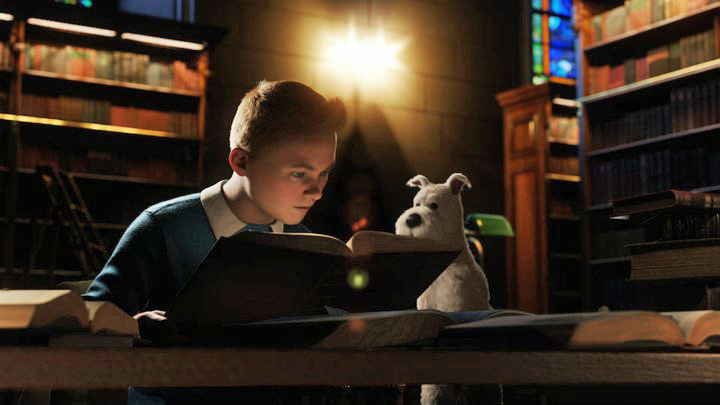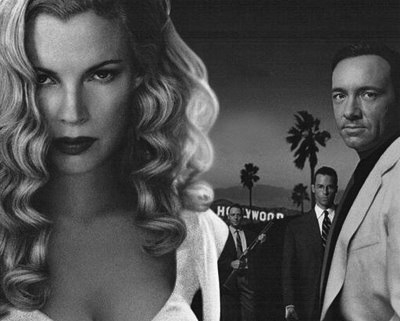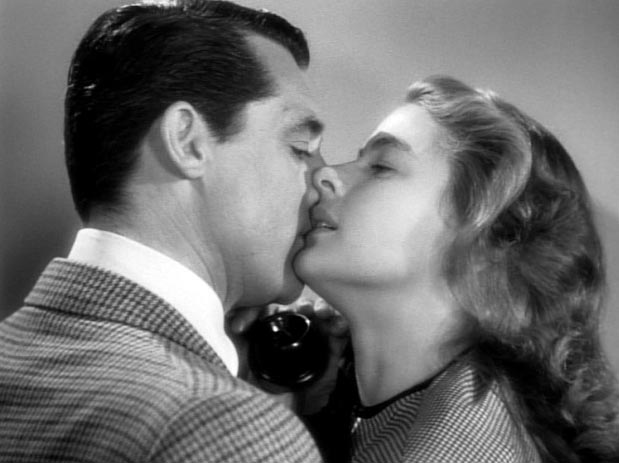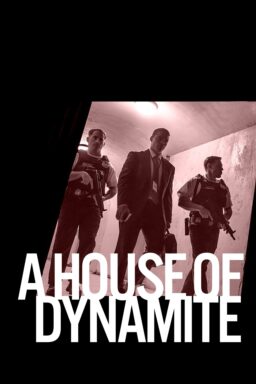Q. Regarding the “pink zone” that the laser-sword fencers pass through in “Star Wars — Episode I: The Phantom Menace,” you quote George Lucas as saying, “That’s one of those areas I’ll probably fix in the Special Edition.” What? Has Lucasfilm become the Microsoft of moviemaking–releasing an inadequately quality-controlled product, and planning to fix the bugs later? Lucas’s explanation doesn’t answer your reader’s question: What IS that pink zone? Yes, it’s a set of forcefields designed to separate and delay the people running through it. But why would anyone build such a thing? Is Naboo some kind of puzzle-crazed society where the engineers drop huge, elaborate, clever, energy-wasting contraptions in the middle of utility catwalks, just for fun? I suspect that when the hardcore Star Wars fans analyze this film frame-by-frame, they’ll look at the wall switch that Darth Maul hits to activate the pink zone, see a label written in the Star Wars alphabet, get out their secret Star Wars code books and decipher its real name: “Plot Device.” (Chris Rowland, Plainsboro, NJ)
A. Reminds me that the pipes labeled GNDN in the “Star Trek” movies stand for “Goes Nowhere, Does Nothing.” My guess is that the pink zone was a bright idea that didn’t pay off, and Lucas is frank enough to admit it.
Q. I’m confused and hope you might help me. A few months ago, I saw a digital film in Orlando entitled “The Last Broadcast”, the plot of which is nearly identical to “The Blair Witch Project” scheduled for release this week. With all the talk about “Blair Witch,” I haven’t heard “The Last Broadcast” mentioned at all. What gives? (Glenn Mobley, Orlando)
A. “The Last Broadcast” is described as the story of an investigation of the Jersey Devil by two cable TV hosts and two fans, who go into the wild to film a documentary. One of them is eventually charged with murder. Without having seen it, I can’t say how close it is to “Blair Witch,” but of course it’s common for similar movies to be made simultaneously. By the time it was aired in March 1998, “Blair Witch” was already in the can. “Last Broadcast” got some good reviews, and may get a new lease on life if “Blair Witch” does as well as expected.
Q. I had the pleasure last night of watching “Big Night” on video. Your review mentions the unbroken closing shot of Secondo preparing the omelet. I thought this was one of the most brilliant scenes I have come across. We don’t know what happens after the Big Night but we know that Secondo will continue to take care of things and that Primo accepts his younger brother’s caregiving. I would appreciate hearing any more thoughts that you may have on the scene. It has really taken hold of me. (Chris Wilkinson, Toronto)
A. Godard said that every edit is a lie. Cooking that omelet in a montage would have been a TV commercial. Cooking it in one unbroken shot was a performance. Even audience members not consciously aware that there were no edits would understand in a deeper way that Secondo loved to cook.
Q. I’ve read with great interest your comments concerning the benefits of black and white films, and I couldn’t agree more. In fact, I have actually taken several videos, turned the color off on my TV, and watched them! It’s amazing how many poor or average movies are improved somehow by having them in black and white. It gives the film more depth, more surrealism–an almost film noir edge and mystery. This isn’t to say that the latest Pauly Shore movie is improved, of course, but you know what I mean. What do you think of my practice? (Bob Sassone, video columnist, Boston Herald)
A. Although I am opposed to colorizing black and white movies, I must confess that I have occasionally de-colorized color movies, and find that they frequently play better that way, especially if the color is either garish or faded. Recently I found that “The Barefoot Contessa” made the transition especially well.
Q. I appreciate how you regularly inform your readers about how some sleazy theater owners run their projectors on “low” lamp intensity in order to save money. I have another annoyance. Many movie theatres, even in big cities, do not allow the entire movie credits to roll before they start: 1) closing the screen curtains, 2) turning up the lights, and 3) noisily bringing in the brooms and garbage bags to clean up. Some movie companies have caught onto this and have deliberately added a scene or two to the very end of the movie so that you HAVE to sit through the credits. (Bob Makarowski, New York City)
A. Credit cookies are an effective way to keep the audience seated, but only if the audience knows they’re coming. Half the audience I joined for “Austin Powers: The Spy Who Shagged Me” was on its feet before the first cookie appeared. I agree with you that the credits and the end music are included in the admission price; demand a refund if you’re short-changed.

